Description
Cyclohexanone: A Versatile Industrial Solvent and Chemical Building Block
Cyclohexanone, a cyclic ketone with the chemical formula (CH₂)₅CO, is a colorless to slightly yellow organic compound with a characteristic peppermint-like odor. It’s a highly versatile solvent and a crucial intermediate in the production of various industrial products, making it a significant player in numerous chemical processes.
Properties and Production:
Cyclohexanone is a liquid at room temperature with a relatively low viscosity and moderate volatility. It’s miscible with a wide range of organic solvents, including alcohols, ethers, and chlorinated hydrocarbons, making it an excellent solvent for resins, fats, waxes, and other polymers.
Industrially, cyclohexanone is primarily produced through the oxidation of cyclohexane, often using air as the oxidant. This process can be catalyzed by cobalt salts or boron compounds. An alternative method involves the hydrogenation of phenol, a reaction that requires high temperatures and pressures. The specific method used depends on factors like cost, availability of raw materials, and desired product purity.
Key Applications:
Cyclohexanone’s versatility stems from its unique combination of properties, leading to its widespread use in diverse industries:
- Nylon Production: By far the largest application of cyclohexanone is as an intermediate in the production of nylon 6 and nylon 6,6. It is converted to caprolactam, the monomer for nylon 6, through a series of chemical reactions. It can also be oxidized to adipic acid, a crucial component in the synthesis of nylon 6,6. Nylon, known for its strength and elasticity, finds applications in textiles, automotive parts, and various engineering plastics.
- Solvent Applications: Cyclohexanone is a highly effective solvent for various materials, including:
- Cellulose Acetate: Used in lacquers, varnishes, and coatings.
- PVC (Polyvinyl Chloride) Resins: Enhancing flexibility and processability in PVC applications.
- Fats, Waxes, and Resins: Making it useful in the production of adhesives, printing inks, and cleaning agents.
- Chemical Intermediate: Beyond nylon production, cyclohexanone serves as a precursor for the synthesis of other industrially important compounds, including:
- Cyclohexanol: Used in the production of various solvents, plasticizers, and dyes.
- Adipic Acid Esters: Employed as plasticizers in the plastics industry.
- Pharmaceutical Industry: Cyclohexanone finds niche applications in the pharmaceutical industry as a solvent and reagent in the synthesis of certain drug intermediates.
Safety and Handling:
While a versatile industrial chemical, cyclohexanone requires careful handling and storage. It is flammable and can cause irritation to the skin, eyes, and respiratory system. Proper ventilation and personal protective equipment (PPE) are essential when working with this compound. Exposure limits are regulated in many countries to ensure worker safety. Furthermore, it’s important to store cyclohexanone in tightly sealed containers, away from heat, sparks, and open flames.
Environmental Considerations:
The environmental impact of cyclohexanone is a concern. It can be released into the environment through spills, leaks, and emissions during its production and use. However, cyclohexanone is relatively biodegradable under aerobic conditions, meaning it can be broken down by microorganisms in the presence of oxygen. Significant research efforts are dedicated to developing more sustainable production methods and minimizing its environmental footprint.
Conclusion:
Cyclohexanone is a crucial industrial chemical with a wide range of applications, primarily driven by its role in nylon production and its excellent solvent properties. Its versatility makes it an indispensable component in various industries, from textiles to plastics to pharmaceuticals. While potential hazards necessitate responsible handling and storage, ongoing efforts aimed at sustainable production and minimizing environmental impact will ensure that cyclohexanone continues to play a vital role in modern industrial processes.

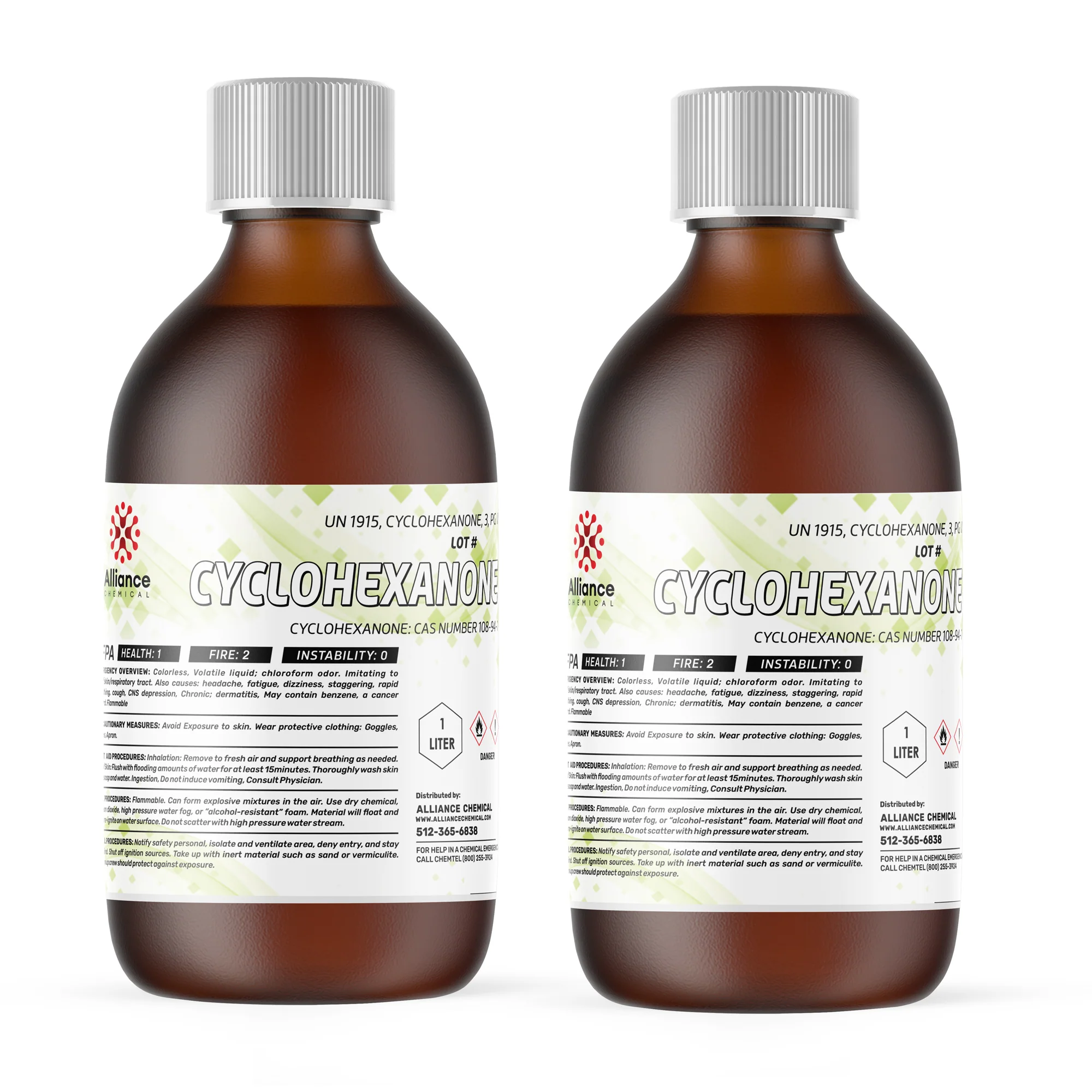
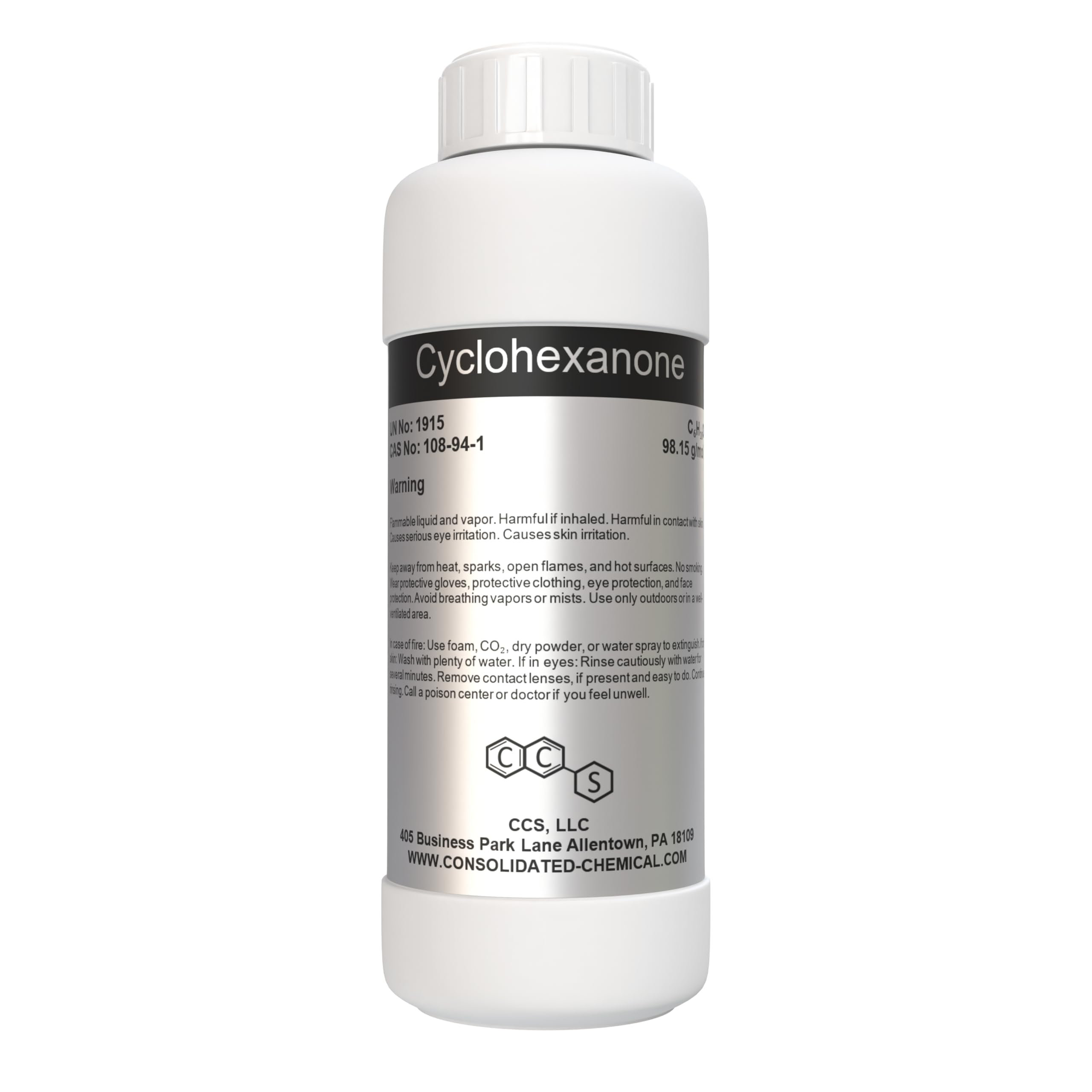
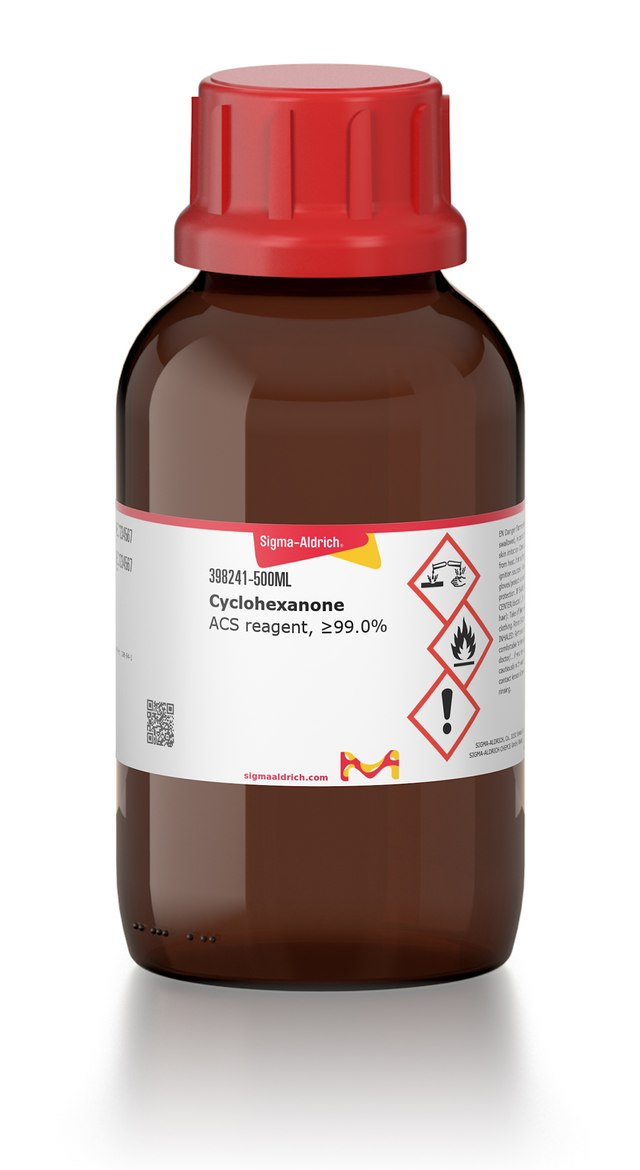
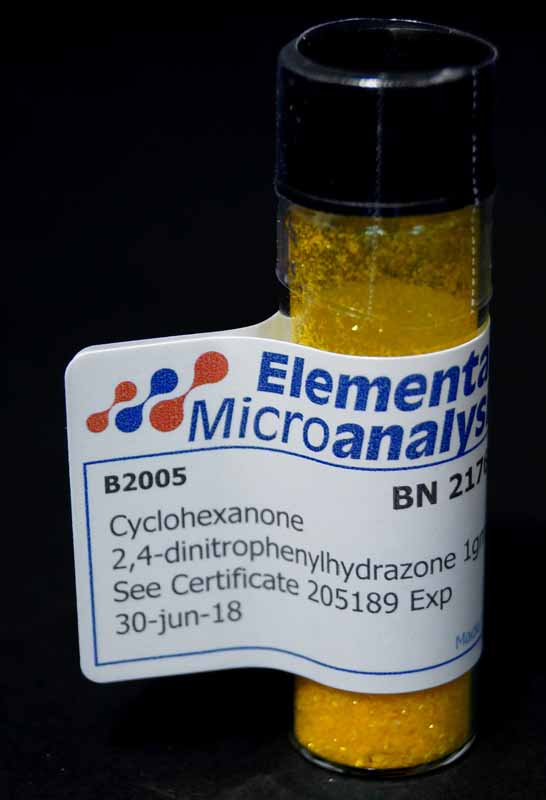
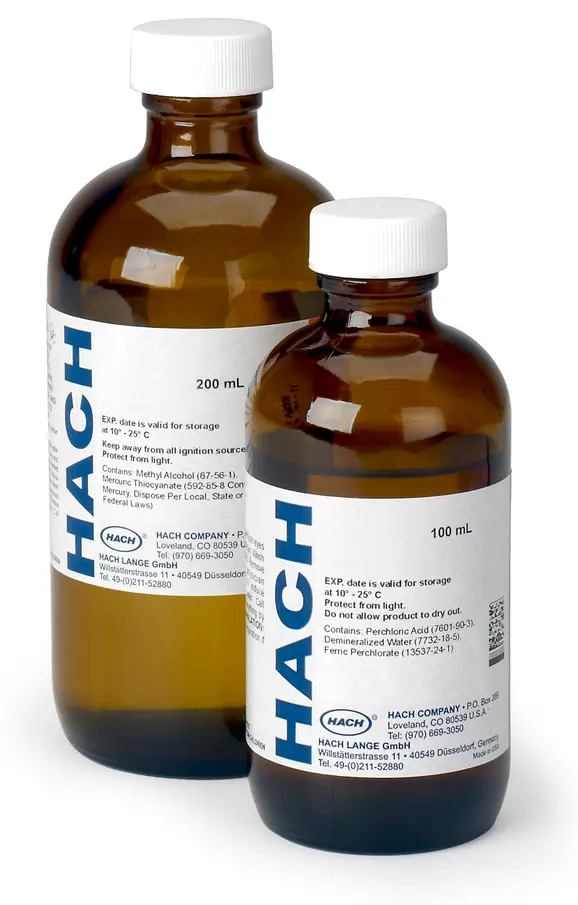
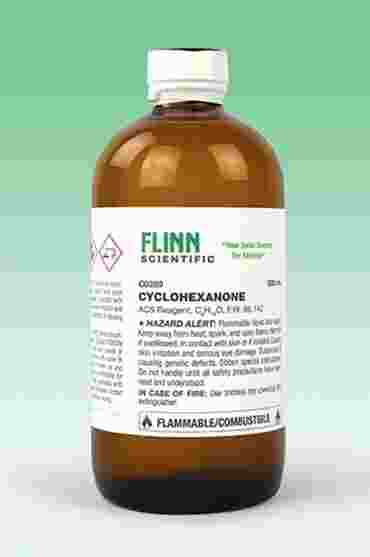
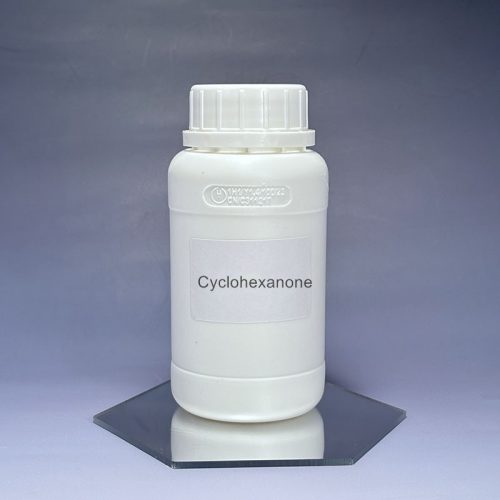
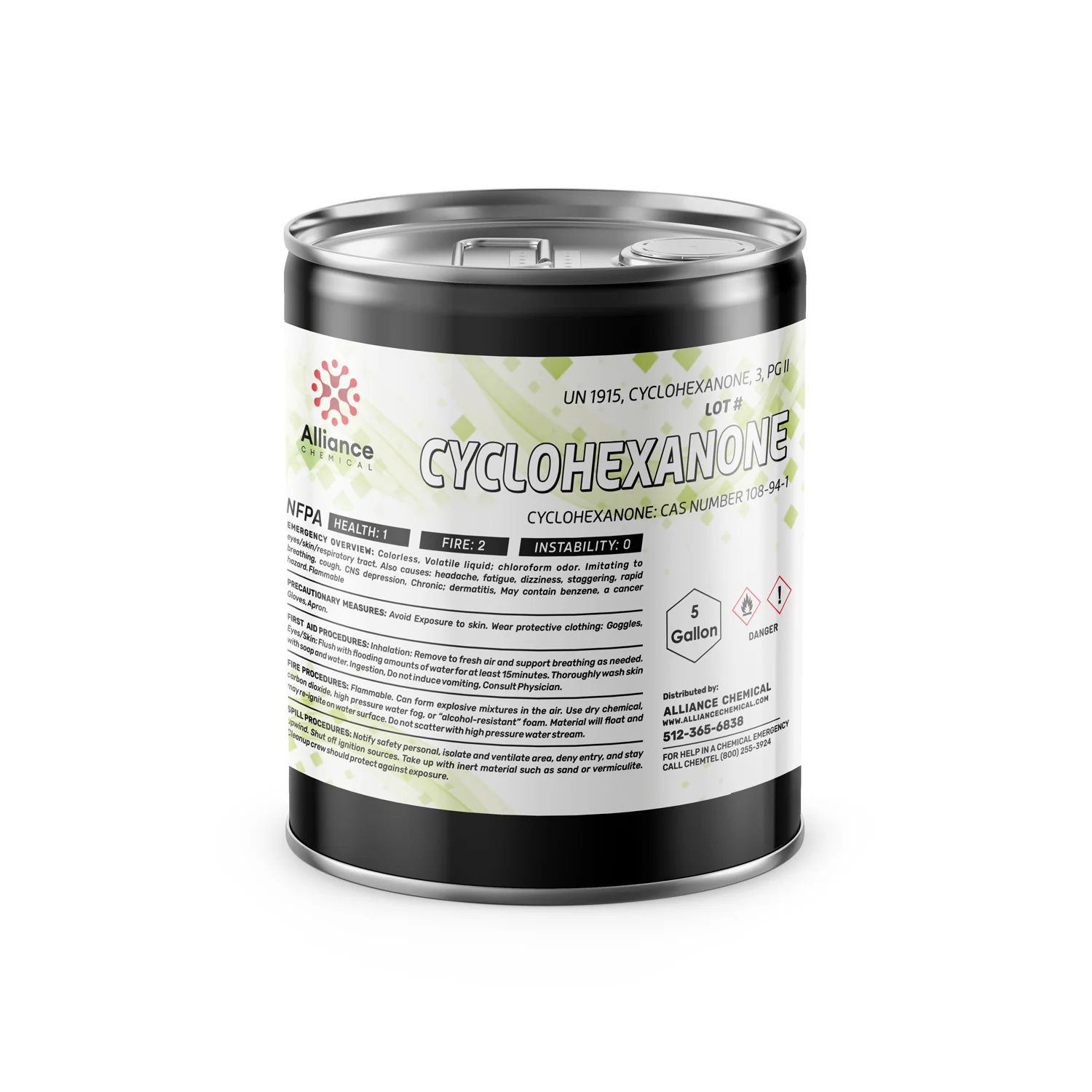
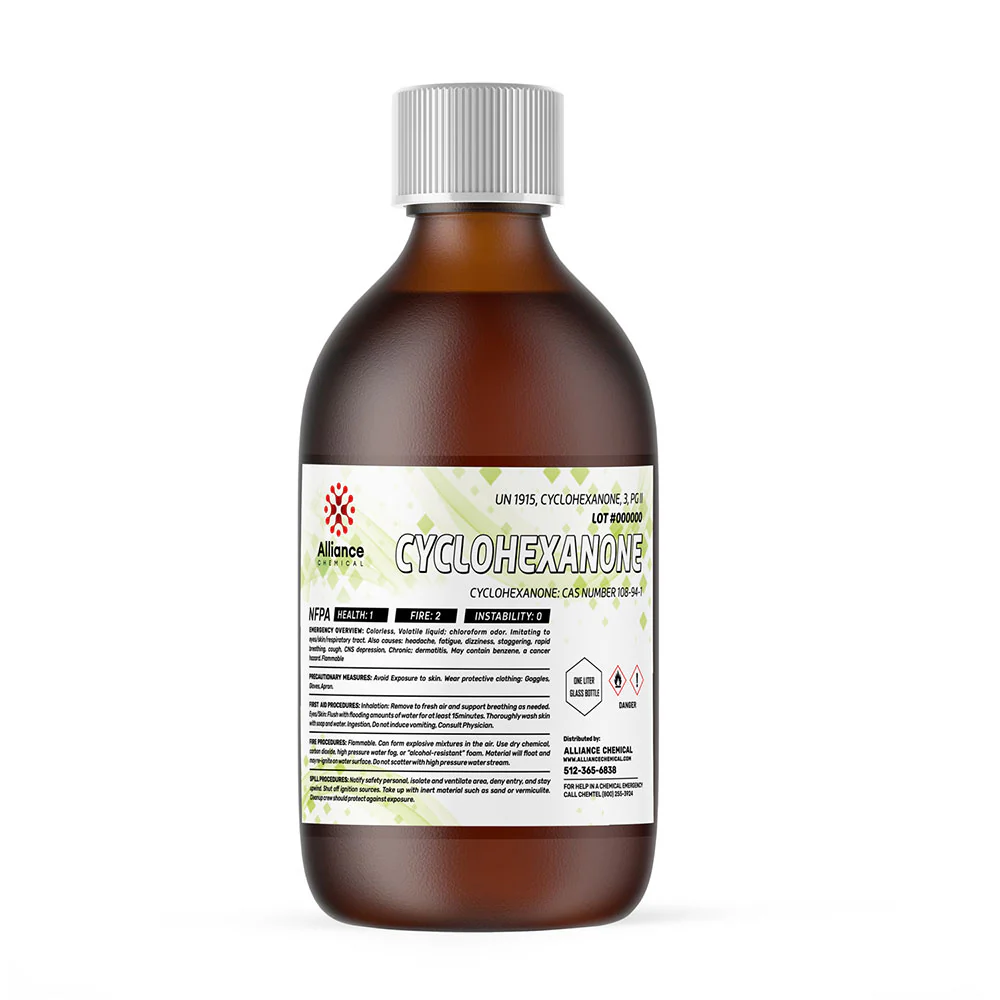
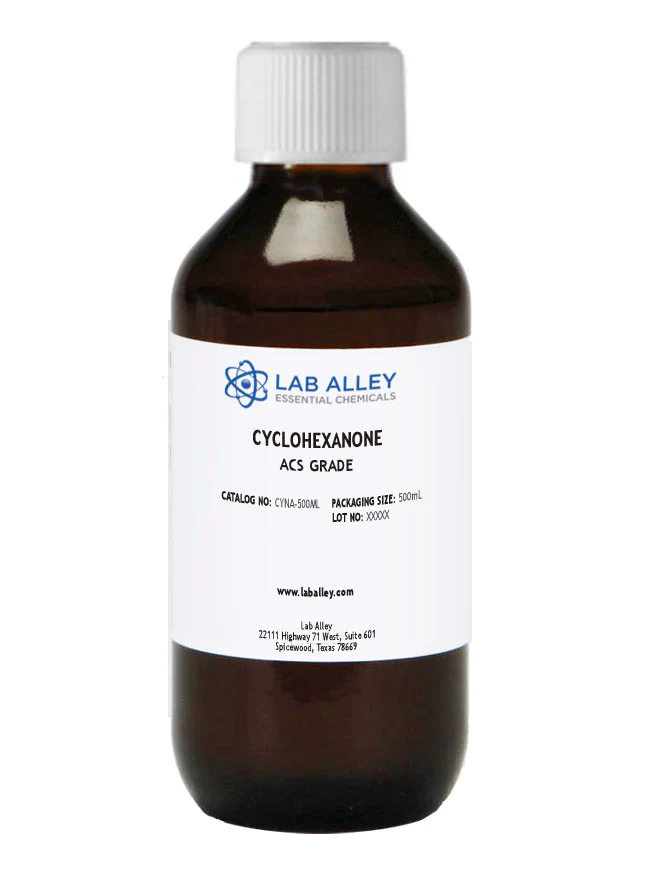

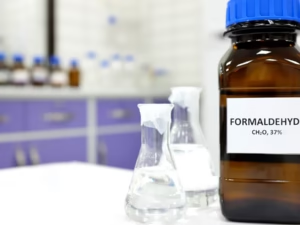


Reviews
There are no reviews yet.